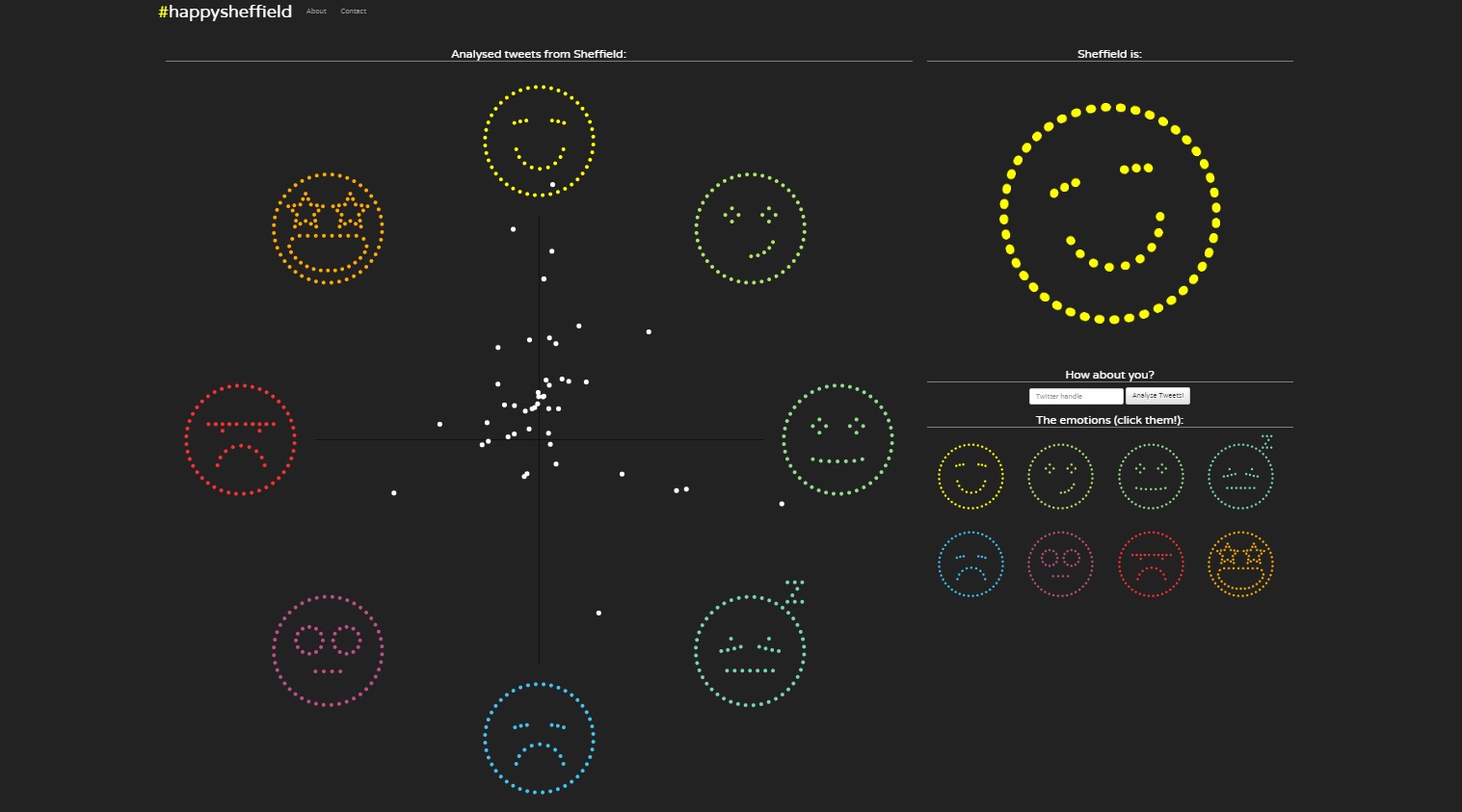As well as the national headline measures of personal wellbeing, new methods of understanding ‘how we are doing’ are being used and studied. Here is a spotlight on the some recent findings. We are exploring more of these methods in our measuring wellbeing series.
Measuring happiness from the words we use

A recent study by The Centre for Competitive Advantage at Warwick University and the think tank the Social Market Foundation used the emotion words in over eight million books to map happiness over 200 years in six countries. They found that tracking the words used gave very similar findings to more traditional measures of wellbeing.
As you might expect, war, civil conflict and economic collapse is very bad for our wellbeing and increase life expectancy and decreased child mortality increases happiness. They concluded we were happiest in 1957. This might come as a surprise to many people of colour, the LGBT community and other minorities who lived during the 50s; obviously, what is published in books is not the whole story.
We can see the impact on our happiness of more recent national events from the Office for National Statistics data here in the UK. Grounds for an autumn bank holiday perhaps?

Taking the pulse of the public mood online
Other teams are now looking at how the words we use online tell us about population level happiness and predictors.
#HappySheffield shows the last 50 tweets analysed from Sheffield and the lastest emotion in the city. You can compare your own twitter activity.

Dow Jones Index of Happiness who find that, unlike the age findings below, we are most unhappy as teenagers 13-14 years, with happiness rising to 45-60 and then down again for 75-84 years.

The World Wellbeing Project Has a range of studies on the language we use and our wellbeing including a study that was able to predict county level incidence of atherosclerotic heart disease from the use of words reflecting negative social relationships, disengagement, and negative emotions—especially anger—emerged as risk factors; positive emotions and psychological engagement emerged as protective factors.
Other happiness nuggets
The report has a lot of nuggets of recent wellbeing research findings
- Happier workers are 12% more productive and that traumatic life events e.g. death or serious illness of close family member, unsurprisingly, reduces happiness but also reduces productivity.
- Wellbeing research can explain voting behaviour beyond traditional financial indicators with drops in life satisfaction leading 10-12% drop in support for the governing party.
- Happiest places have fewer unhappy people rather than having extraordinarily happy people but happiest places tend to have higher suicide rates.
- Genetics explains up to ⅓ of our wellbeing with some people being more sensitive to their environment and the impact of both positive and negative life events.
- Happiness is contagious
- Happiness is U-shaped aka the midlife crisis is real

- Eat your SEVEN a day – Eating fruit and veg increases mental wellbeing even more, and more quickly, than it improves physical wellbeing.

Do this
We can target happiness gains when decision making. Policy makers already use wellbeing data to inform their case to HM Treasury for societal impact and the refreshed Green Book will give greater prominence to wellbeing metrics. Understanding of what makes us happy can help direct limited resources towards most effective ways to improve happiness.
The report concludes with the policy recommendations listed below.
- Vibrant economy and economic stability are important for wellbeing not just income growth. Stable employment and avoiding runaway inflation as the aim avoids the very negative impacts on wellbeing of unemployment beyond loss of income and allows spending on other things that enhance wellbeing.
- Mental health services that are affordable, widely available, easily accessible and less stigmatised.
- Better health including efforts to increase longevity, reduce child mortality and cleaner air including focus on prevention.
- Shorter, and I would argue, better quality commutes.
- Look beyond individual impact by fostering strong social networks to combat loneliness and because happiness is contagious.
- Research which feelings matter most.
